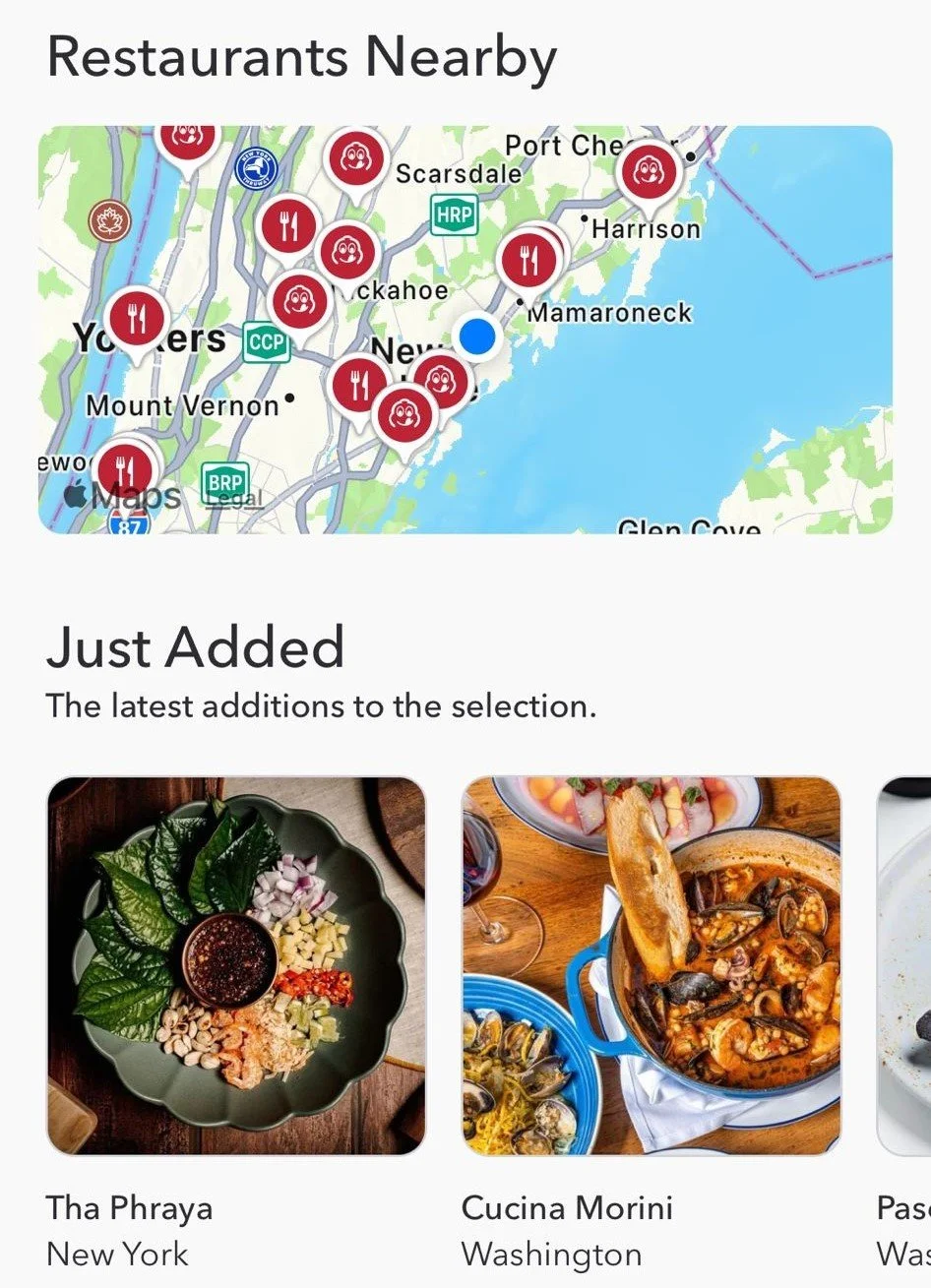The Future of Dining: Culinary Trends Redefining the Experience
Dining out has evolved far beyond a simple meal. Today's diners crave unique, memorable experiences that reflect changing values, from sustainability to personalization. The future of dining is being shaped by innovative concepts like pop-up restaurants, farm-to-table cuisine, and immersive culinary experiences, all of which cater to modern consumer preferences. In this post, we'll explore these trends and look at real-world examples that highlight how they are transforming the dining scene.
1. Pop-Up Restaurants: A Taste of the Temporary
Pop-up restaurants have become a hot trend, creating excitement through limited-time, exclusive experiences. These temporary dining spots are often held in unexpected locations, offering chefs a chance to experiment and diners a unique opportunity to enjoy a one-of-a-kind meal.
Example: Smorgasburg (Brooklyn, NYC)
Smorgasburg started as a pop-up food market in Williamsburg, NYC, featuring various vendors offering creative street food. The concept became so popular that it expanded to other boroughs and cities. Chefs and vendors use Smorgasburg as a testing ground for new ideas, often launching successful restaurants based on their pop-up successes.
Why it works
Pop-ups cater to consumers who crave novelty and exclusivity. For diners, it’s about experiencing something fleeting and special, while for chefs, it’s an opportunity to showcase their creativity without long-term commitments. The temporary nature creates urgency, making it the ultimate "now or never" dining experience.
2. Farm-to-Table: Eating Local, Eating Fresh
The farm-to-table movement reflects a growing demand for sustainability and transparency in food sourcing. Restaurants that focus on local ingredients give diners fresher, seasonal options, while also supporting regional farmers and reducing the carbon footprint.
Example: Blue Hill at Stone Barns (New York)
Blue Hill at Stone Barns is a pioneer in farm-to-table dining. Located on a working farm, this restaurant offers menus entirely dependent on the daily harvest. Chef Dan Barber emphasizes the connection between food and its origins, with dishes reflecting what's in season, fresh, and local.
Why it works
Consumers today are more conscious of where their food comes from. They want to feel good about what they’re eating—both in terms of health and ethics. Restaurants with a strong farm-to-table philosophy appeal to this desire by offering meals that are both fresh and socially responsible.
3. Immersive Dining: Experiences That Go Beyond Food
Dining has transformed into a full sensory experience, where the atmosphere, visuals, and even sounds play an integral role in the meal. Immersive dining creates environments that stimulate the senses and make the meal itself part of a larger narrative.
Example: Ultraviolet by Paul Pairet (Shanghai)
Ultraviolet offers a multi-sensory dining experience like no other. Each course is paired with lights, sounds, and visuals that enhance the flavors and evoke emotions. With only ten seats available per night, the exclusivity and theatrical atmosphere turn dining into an unforgettable adventure.
Why it works
In a world where experiences matter more than possessions, immersive dining transforms a meal into a form of entertainment. Diners want to leave feeling like they’ve been part of something extraordinary, making this concept especially appealing to foodies seeking more than just a taste.
4. Tech-Enhanced Dining: Innovation Meets Convenience
Technology is revolutionizing the restaurant industry, from how food is ordered to how it’s prepared. Automation, artificial intelligence, and digital platforms allow for personalization and convenience that cater to fast-paced lifestyles.
Example: Spyce (Boston)
Spyce features a fully automated kitchen where robots prepare meals with precision. Founded by MIT engineers, the restaurant focuses on delivering healthy, customizable bowls at lightning speed, combining technology and nutrition for the modern, busy diner.
Why it works
Consumers increasingly expect speed and convenience without sacrificing quality. Tech-driven dining provides efficiency and personalization, appealing to a generation that values both innovation and customization. As a bonus, automation can reduce human error and improve consistency.
5. Plant-Based and Health-Focused Dining: Wellness on the Menu
As health consciousness rises, more people are seeking plant-based and nutritionally balanced options. Restaurants are stepping up to meet the demand, not just as niche offerings but as mainstream choices. What used to be a trend for vegans is now embraced by the masses.
Example: Eleven Madison Park (New York City)
Once known for its meat-centric fine dining, Eleven Madison Park made a bold move in 2021 by switching to an entirely plant-based menu. This decision was driven by a desire to align with environmental sustainability and respond to consumer demand for healthier, ethical dining options.
Why it works
With growing awareness of health and environmental issues, more people are opting for plant-based diets. Restaurants offering plant-based, gluten-free, or low-calorie options attract consumers who prioritize wellness and sustainability, while also exploring exciting, flavorful alternatives to traditional dishes.
Conclusion
The way we discover, experience, and appreciate food is evolving. Whether you're in your city or traveling, a great tool for finding new restaurants is the Michelin Guide app. It offers reviews for everything from Michelin-starred spots to affordable gems like Bib Gourmands. For those looking to make ethical dining choices, keep an eye out for the Michelin Green Star, which highlights restaurants committed to sustainability and eco-friendly practices. Instead of endlessly scrolling through food Instagram accounts, this app provides trusted insights into restaurants around the world.
Here's everything you can do on the MICHELIN Guide app:
• Search all MICHELIN Guide restaurants near you or by location
• Filter by restaurant’s distinction, sustainable stars, type of cuisine, price, online reservation and facilities
• Create and share lists of your favorite hotels and restaurants
• Get a table via Resy, Open Table, TheFork, and others (where available)
• Sign up for Plus and get VIP privileges at over a thousand hotels
• Get dedicated expert assistance before, during, and after your trip
